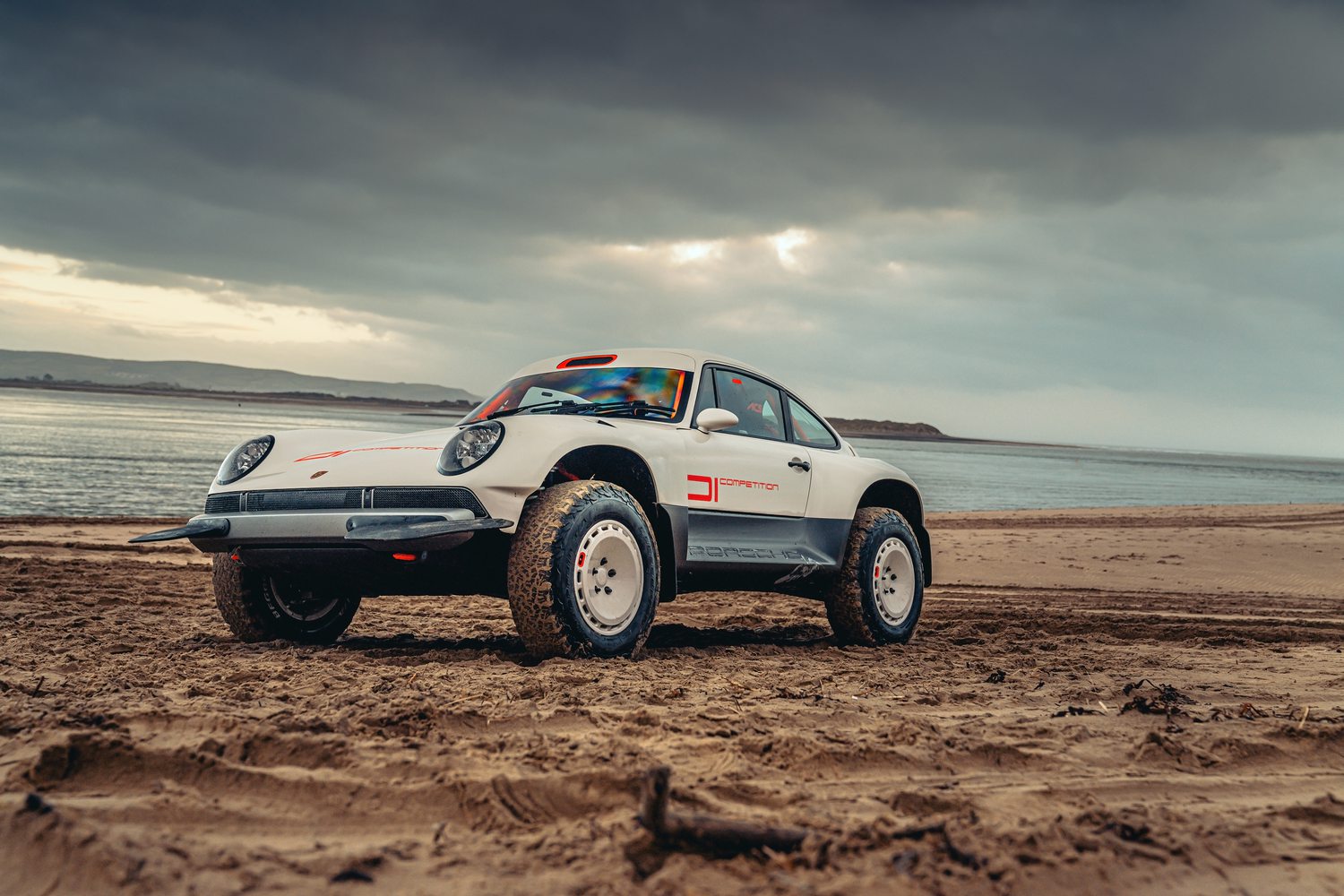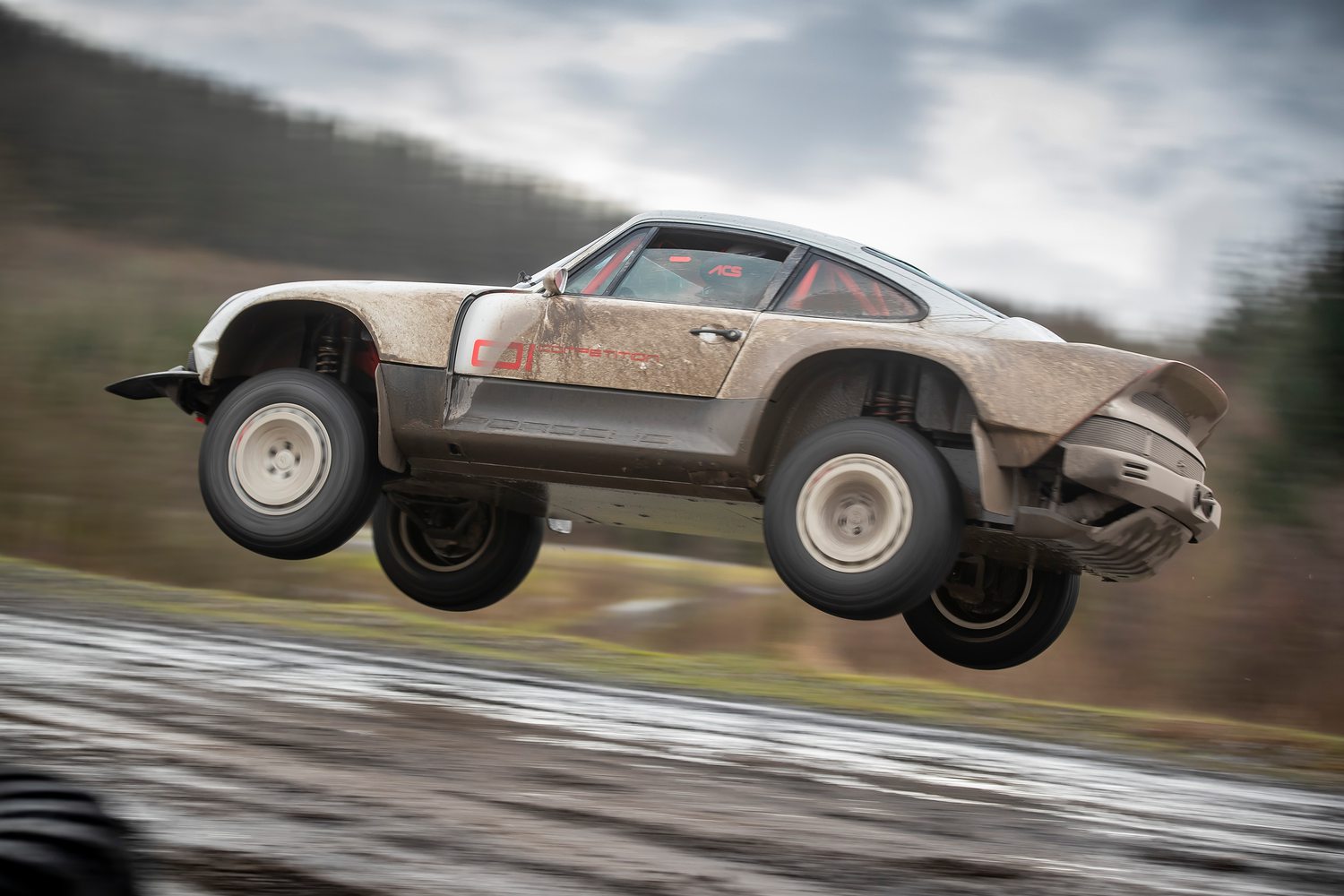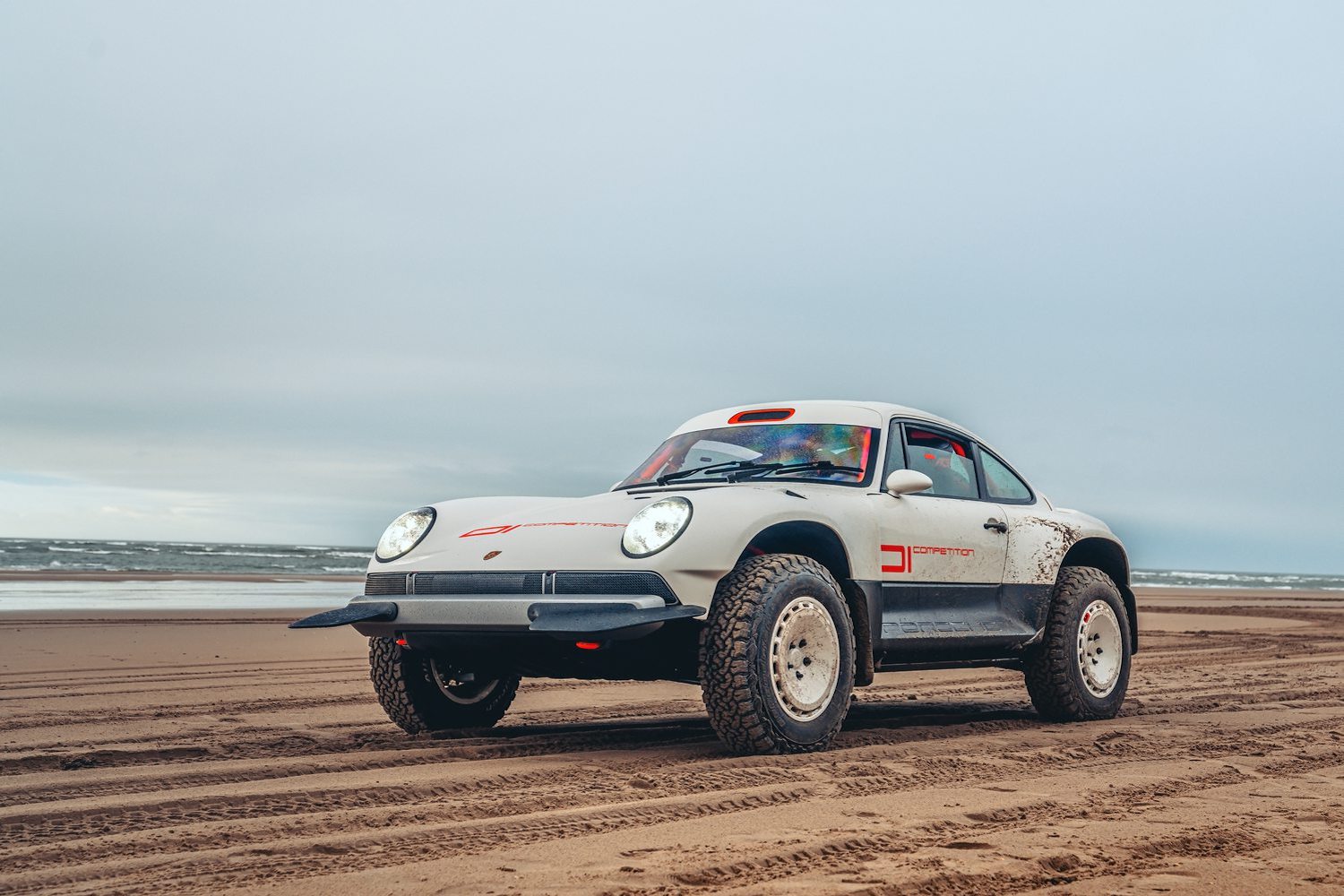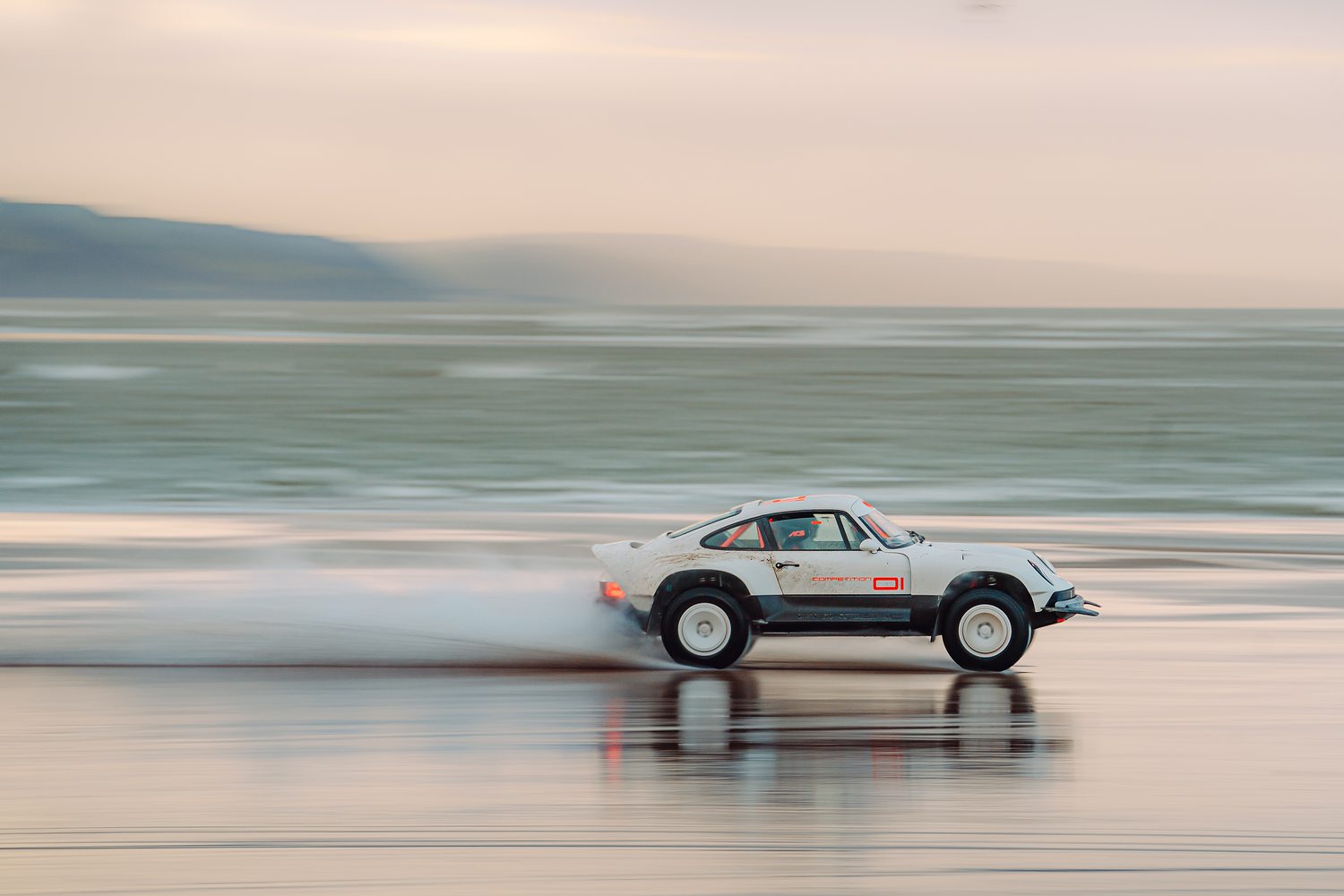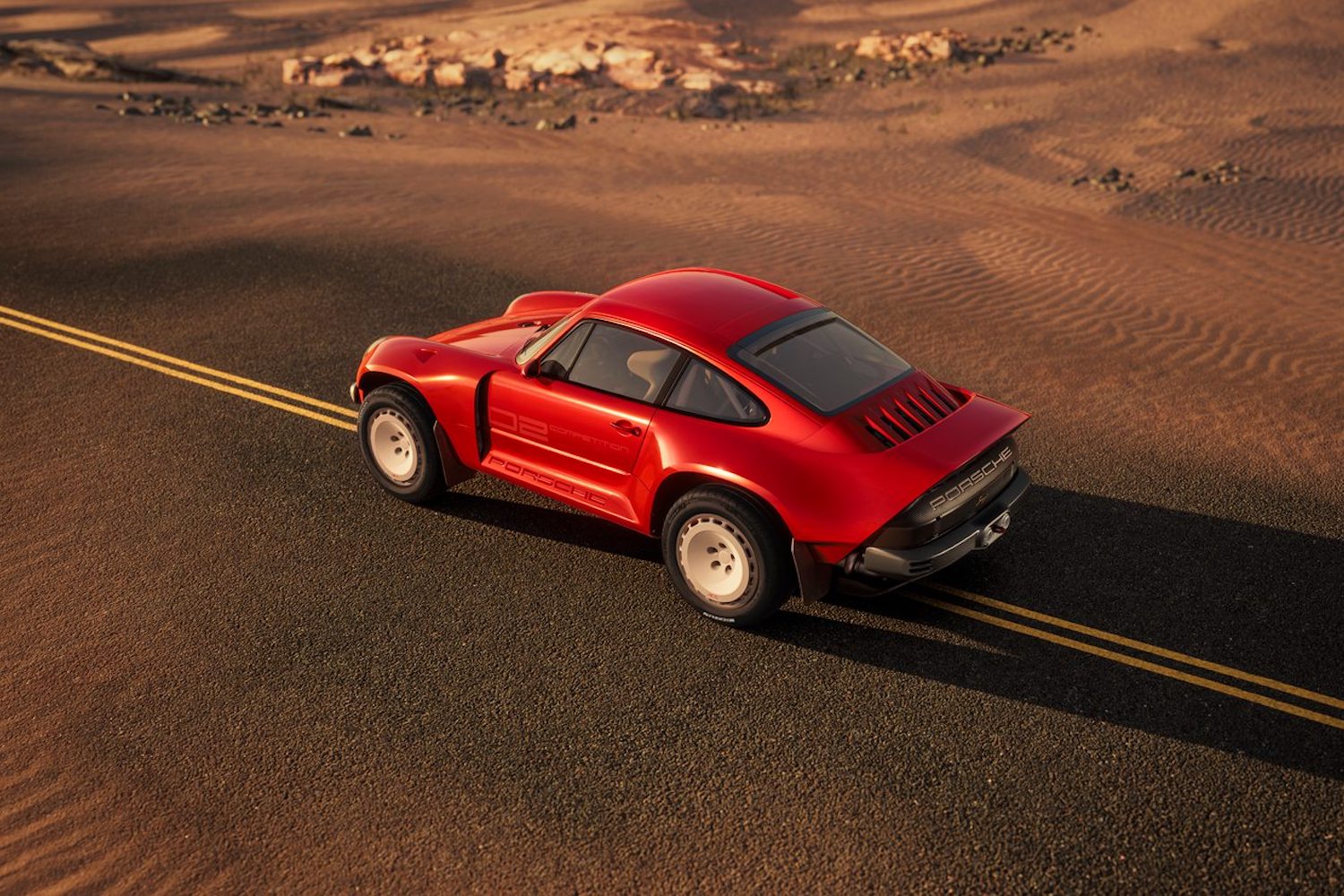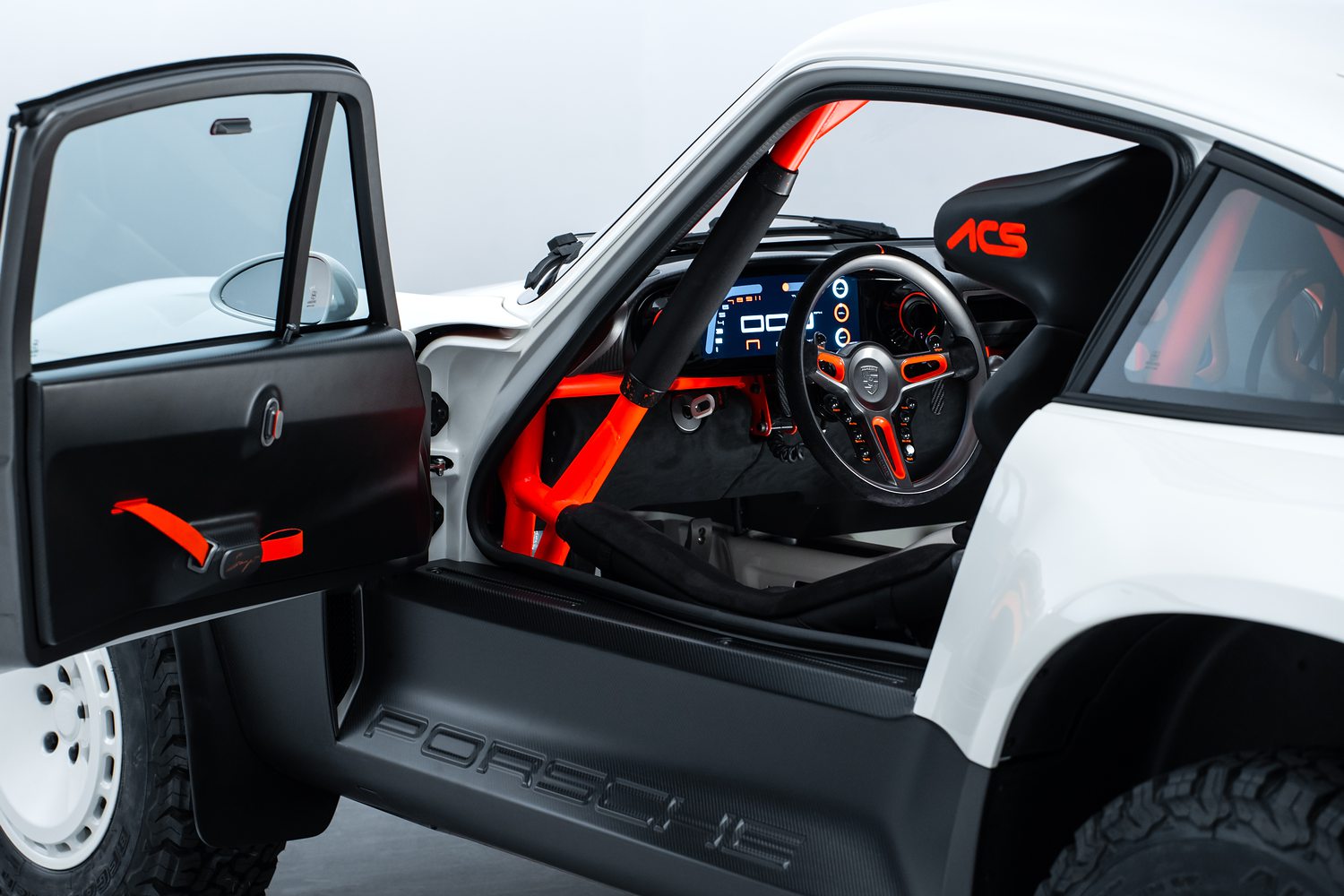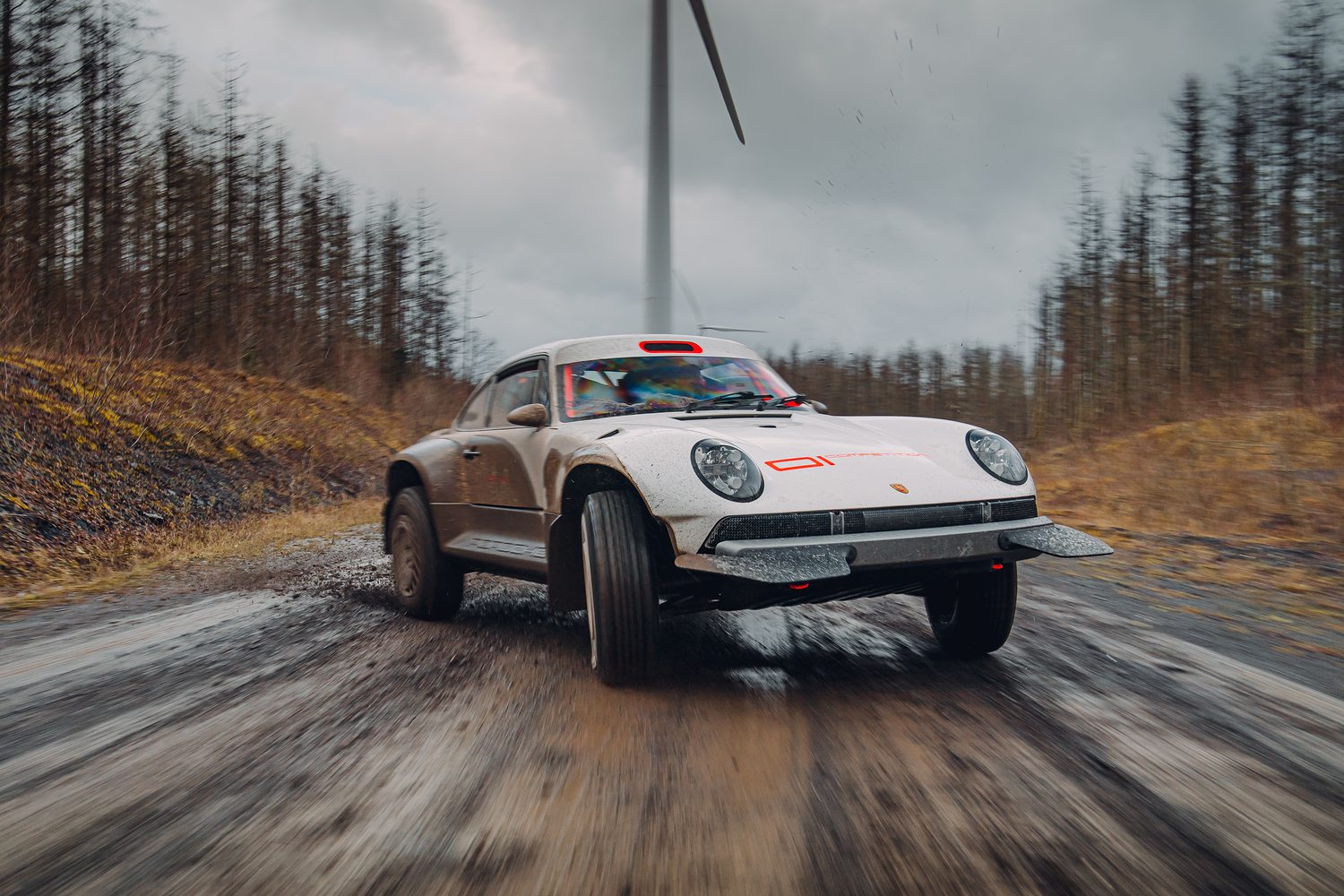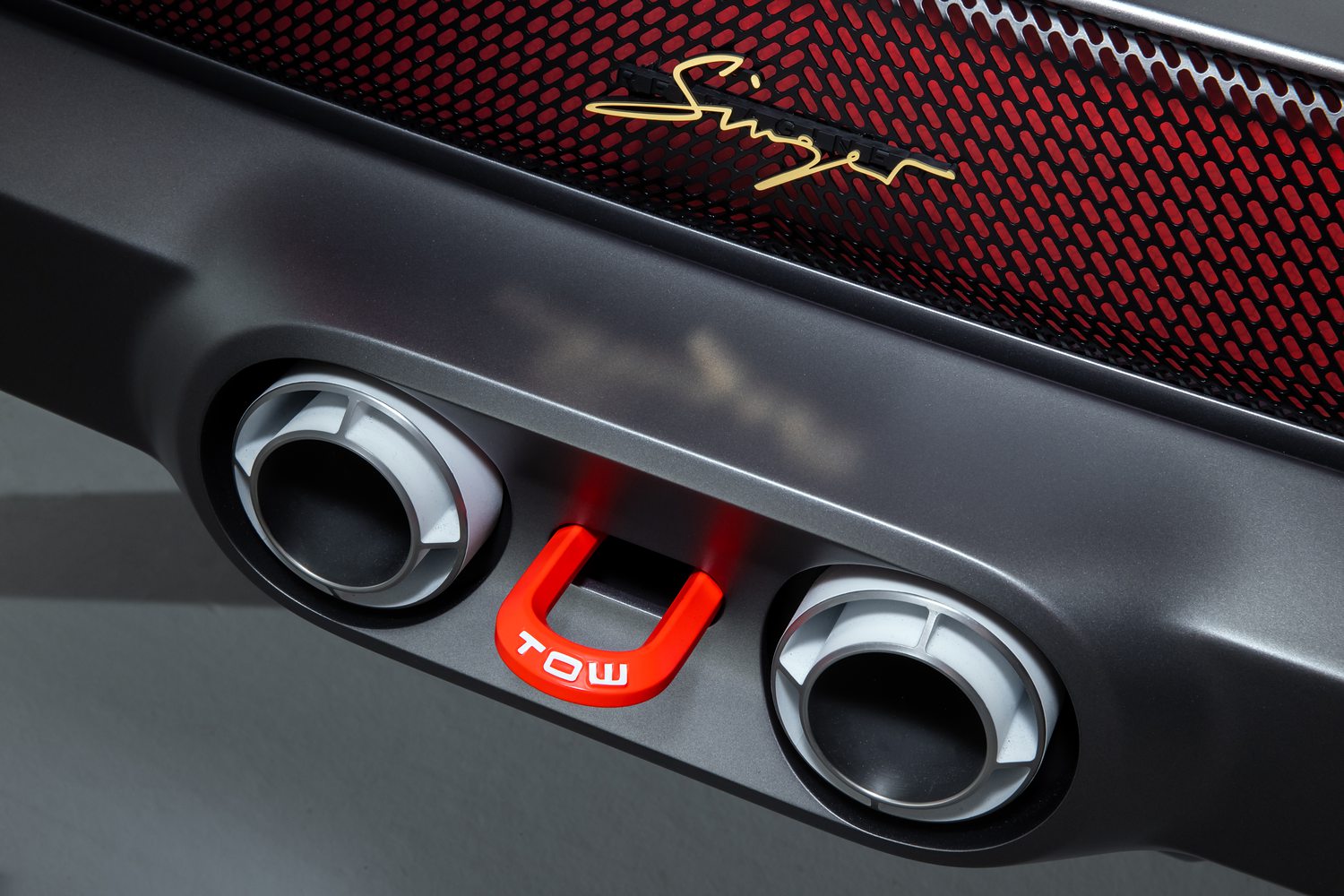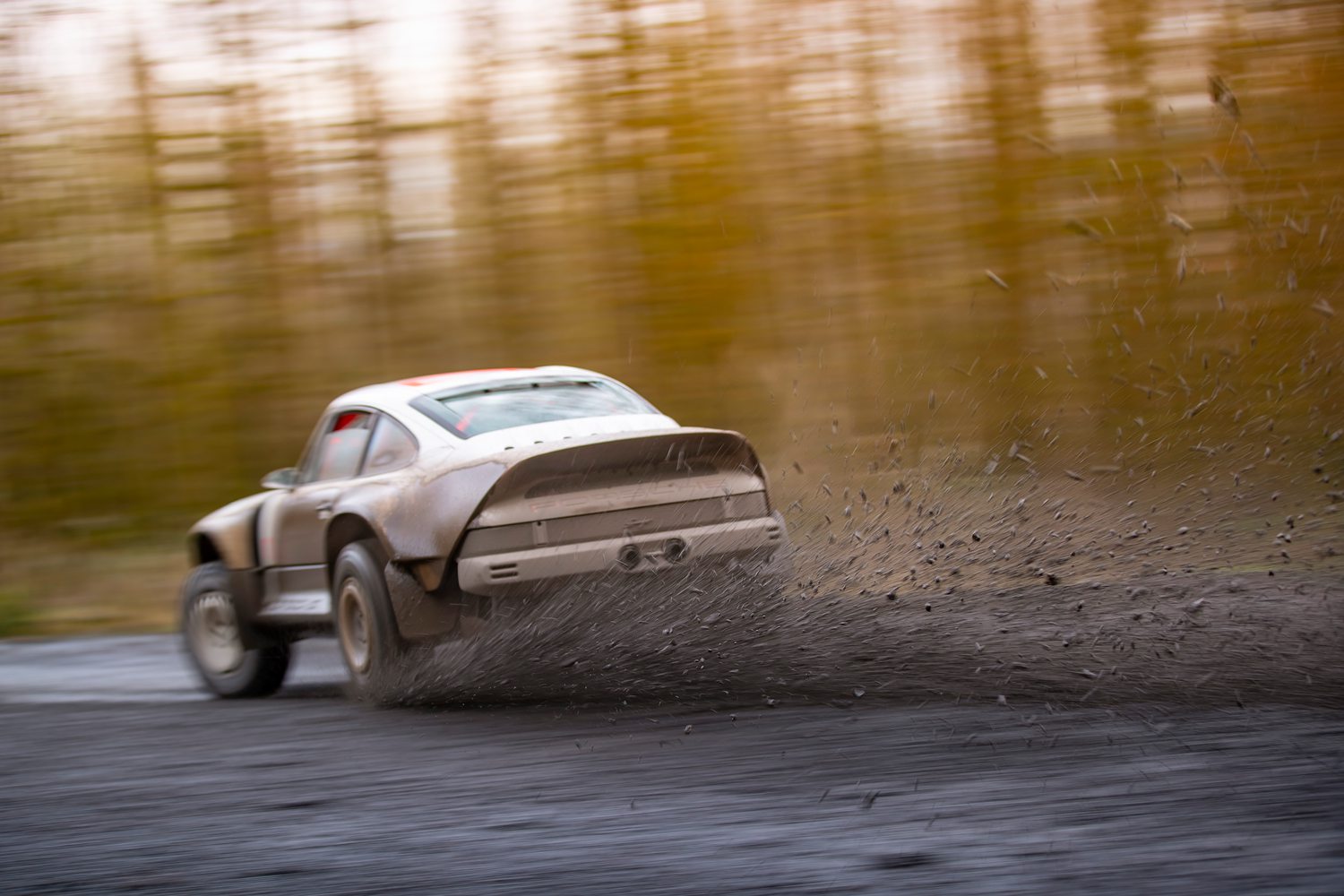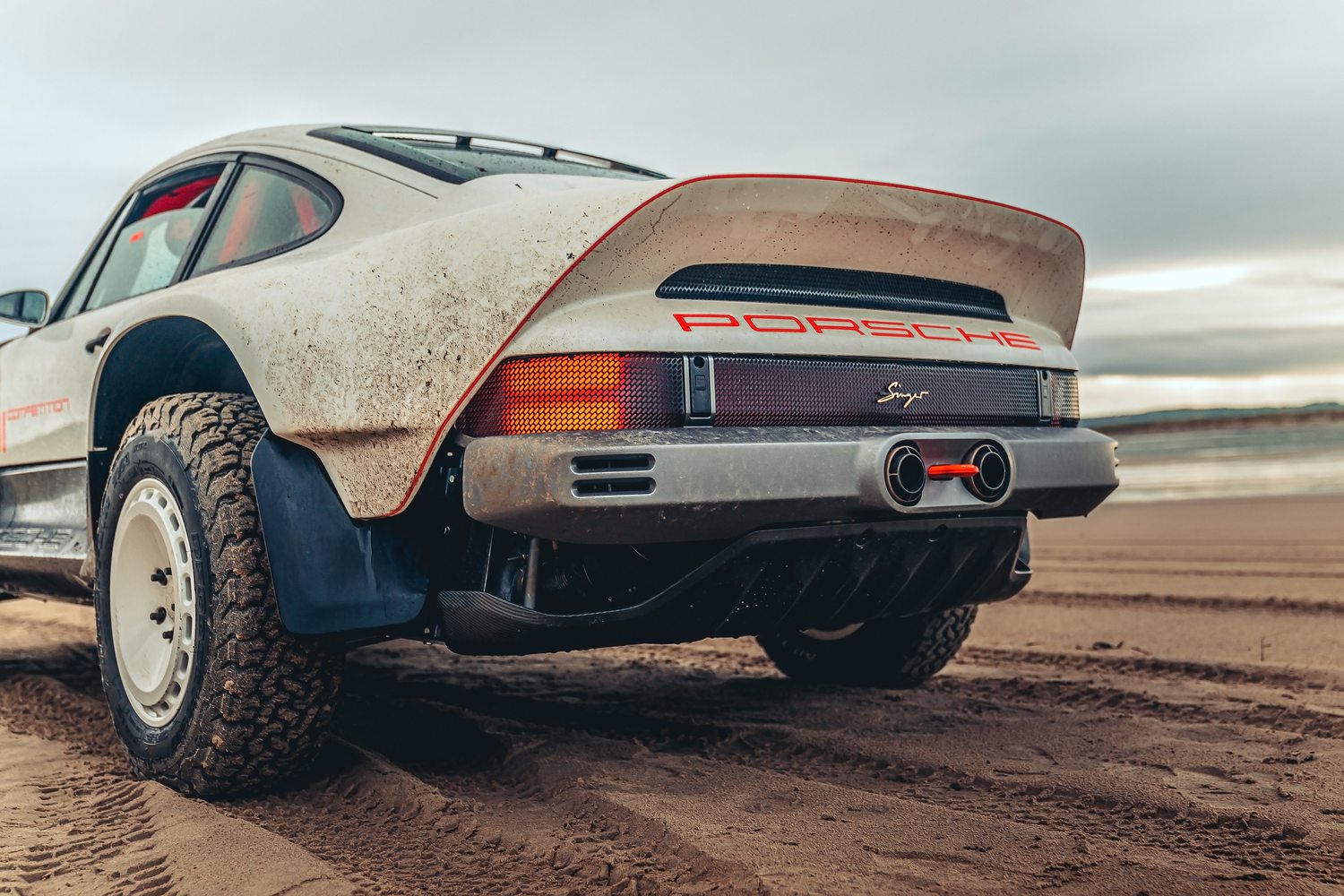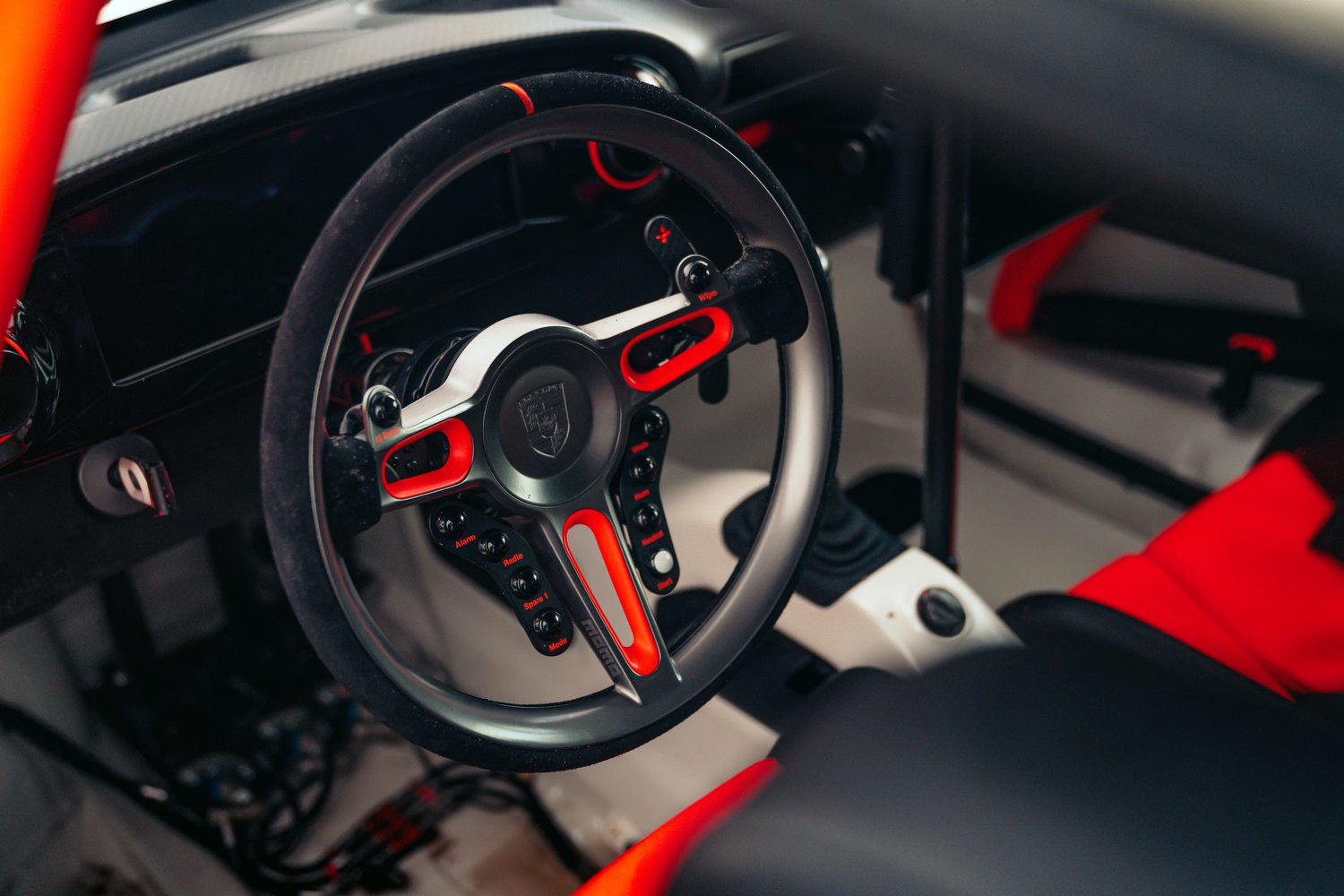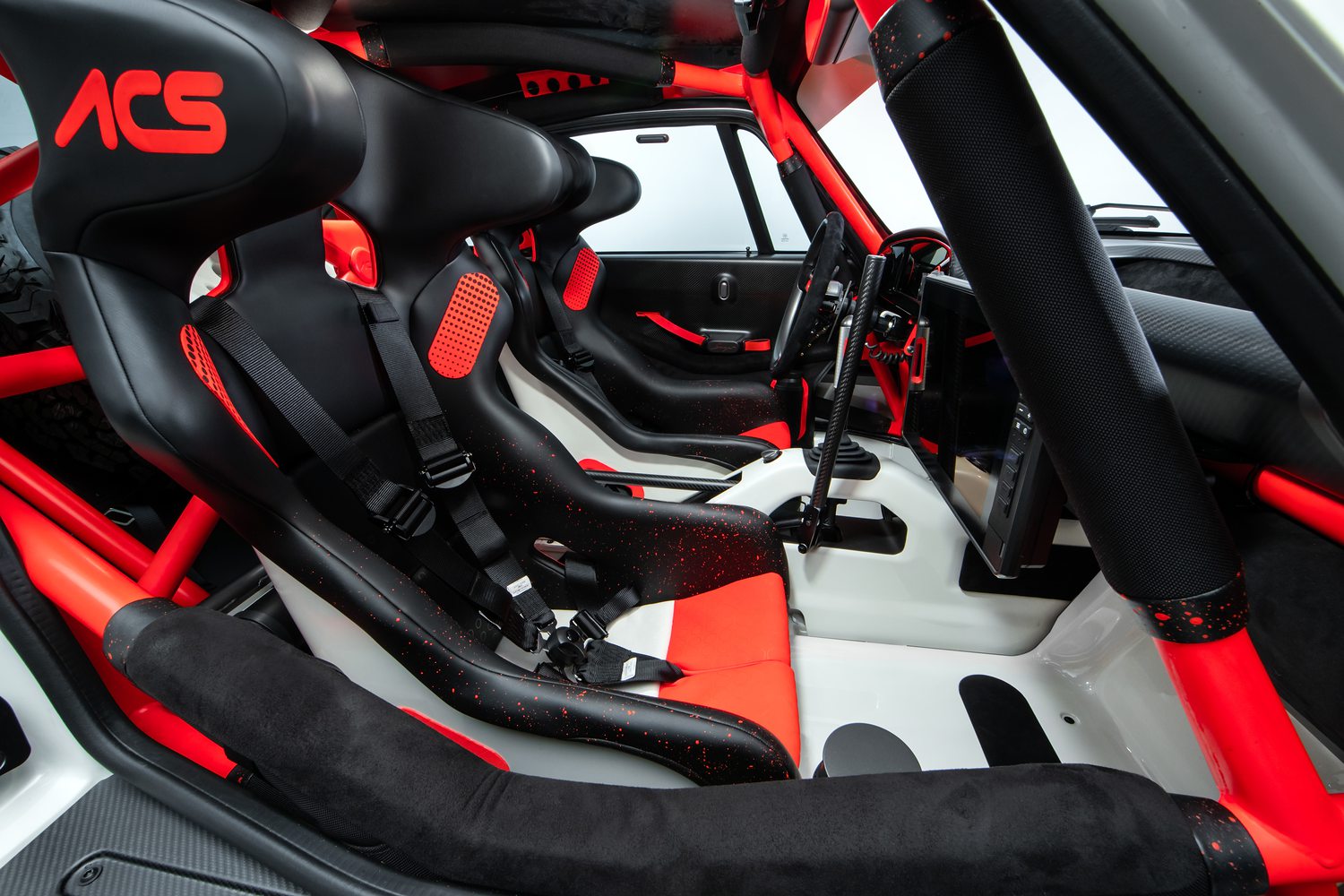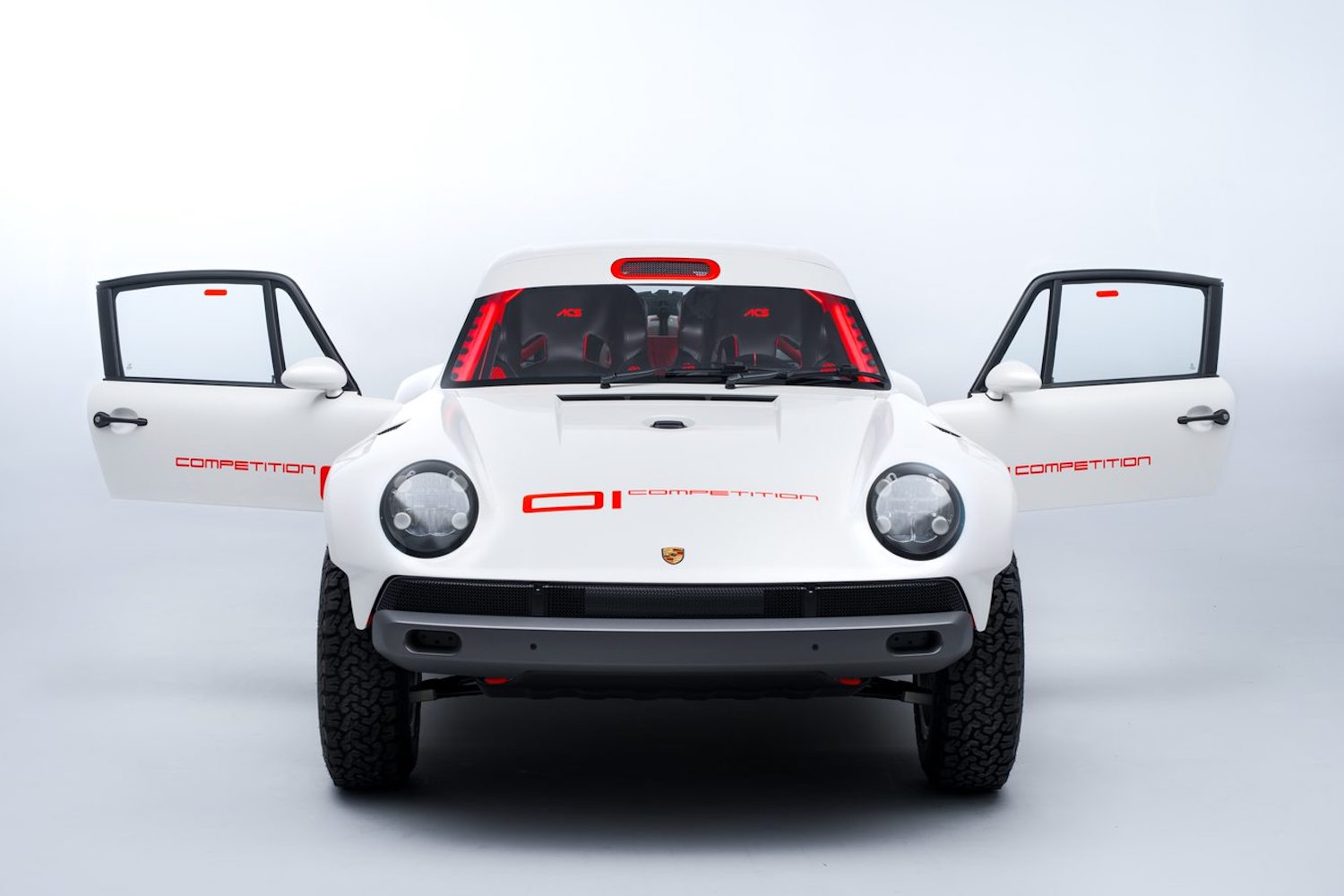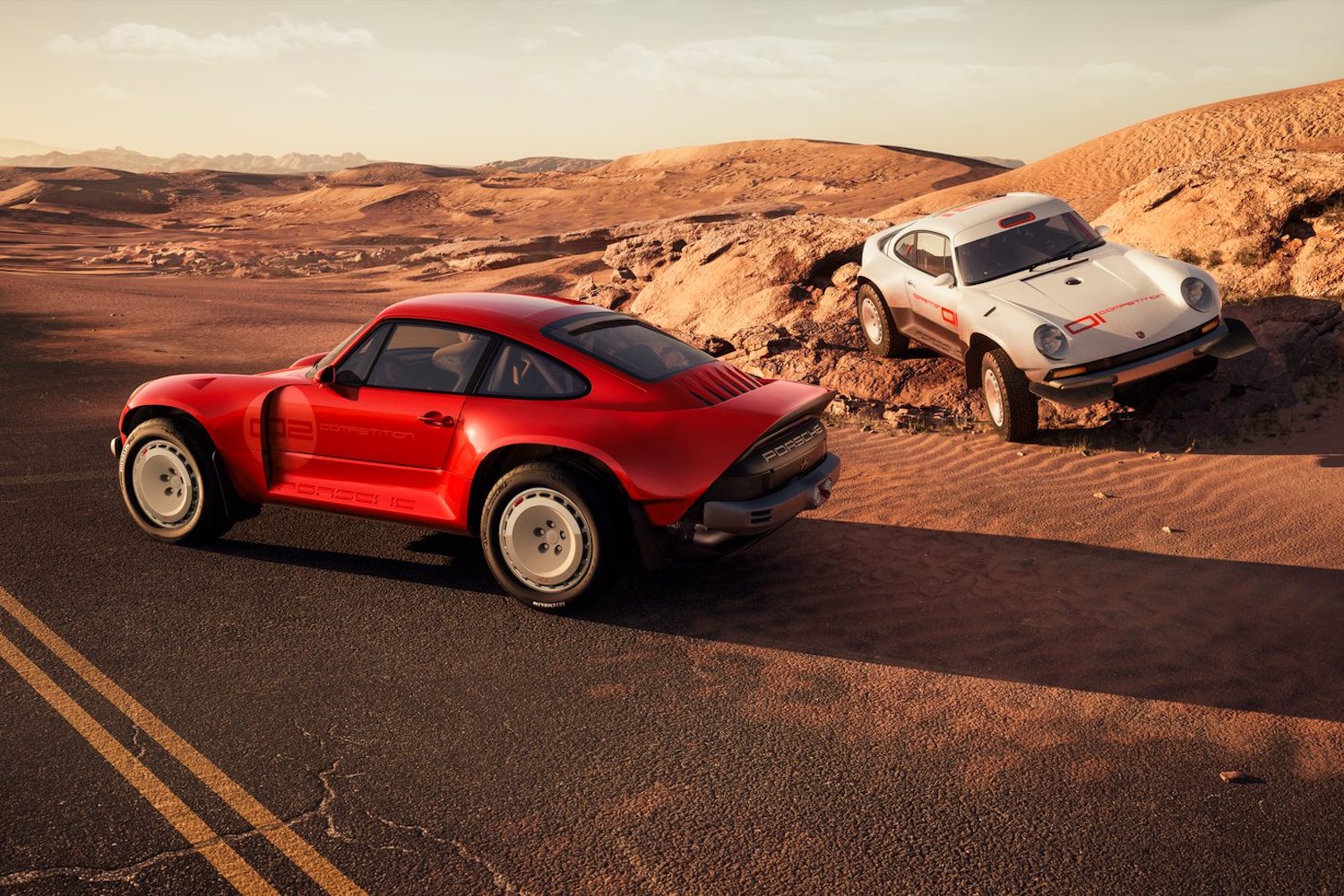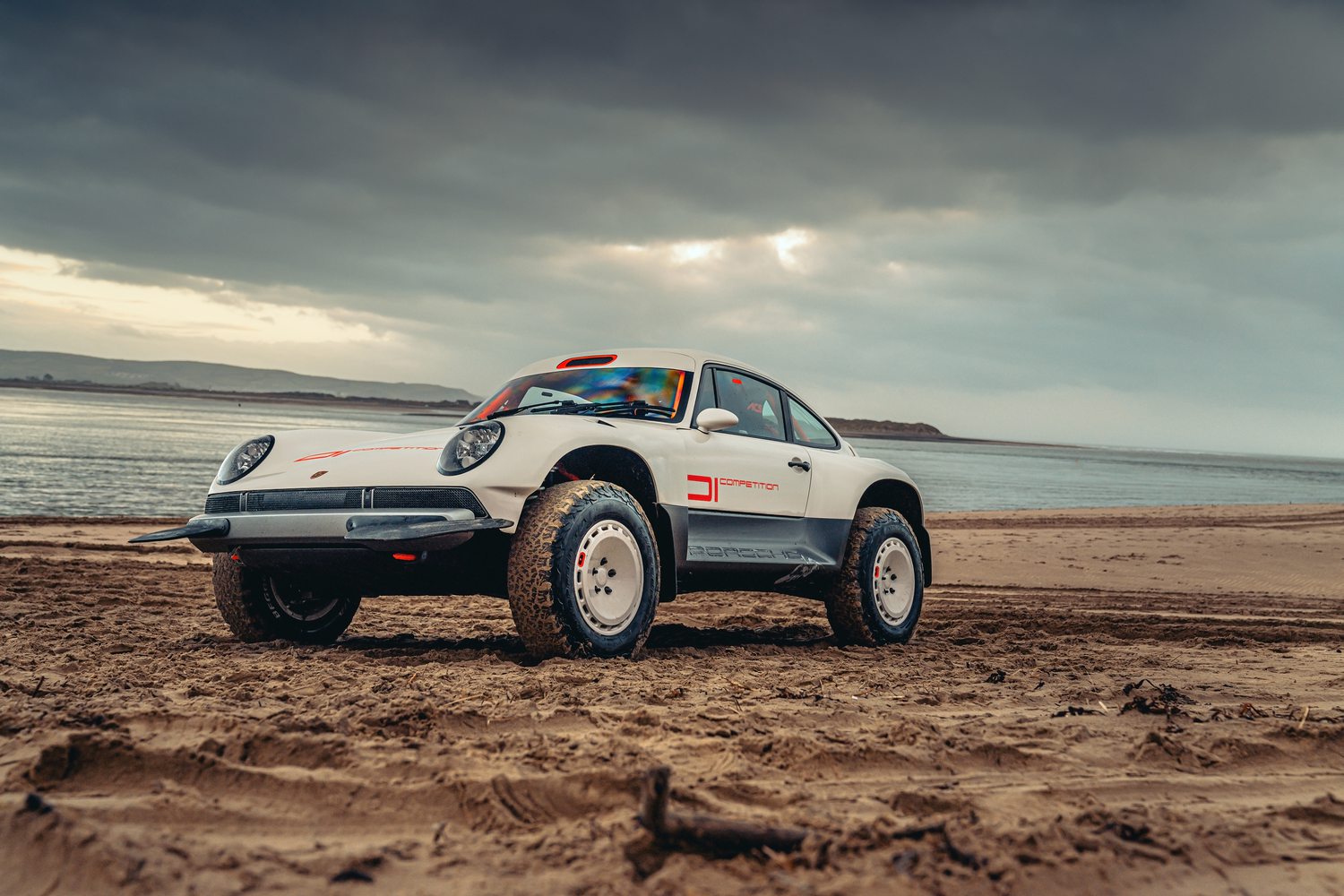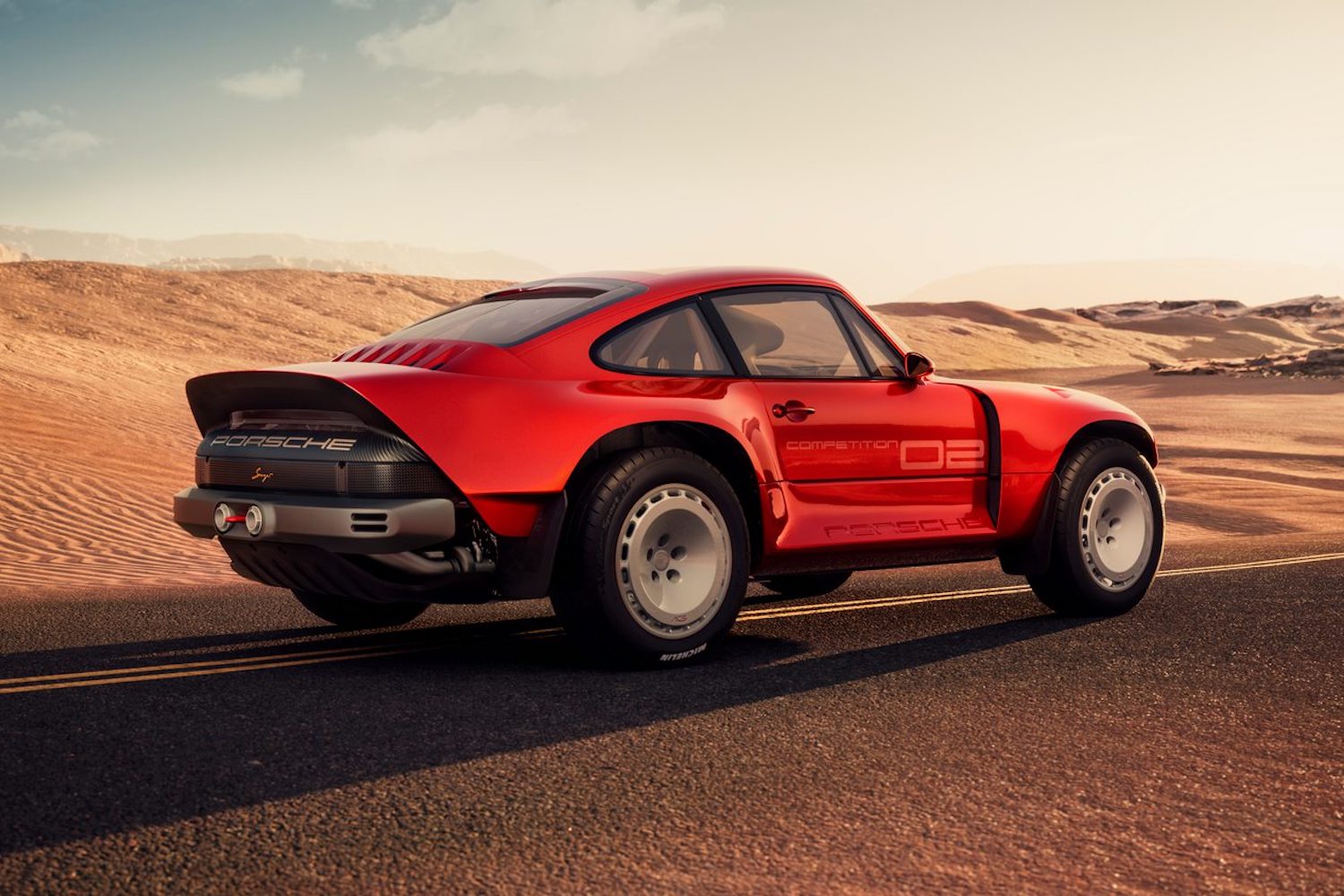Singer Vehicle Design, the company behind some of the most gorgeous restored and upgraded classic Porsche 911s (Singer's Instagram feed is like your perfect Euromillions shopping list...) has created a new 911 upgrade - the Singer ACS.
All-terrain Competition Study
ACS stands for All-terrain Competition Study and harks back to the days when 911s and 959s were frequent competitors in events such as the Safari Rally and the Paris-Dakar Endurance Rally. Built for a client, initially, the ACS has been co-designed by Singer and the well-known UK-based classic Porsche specialist, Richard Tuthill.
In fact, the ACS is actually two ACSs - one white and one red. The white car is designed for serious off-road performance, in the mould of those 934 and 959 Dakar racers, while the red machine is more of a tarmac rally car, designed for ultimate performance on poorly surfaced roads. The red paint is almost certainly a reference to the 911 which the great Vic Elford used to win the 1968 Monte Carlo rally.
450hp twin-turbo flat-six
Both cars are based around donor 964-era 911s, from the late eighties and early nineties. Both get a 3.6-litre flat-six twin-turbo engine, developing around 450hp (although apparently that figure can be adjusted up and down according to taste). Williams, yes the Grand Prix Williams, consulted with Singer for the design of the engine, which while based on the donor car's flat-six, is effectively all-new.
Both cars get four-wheel drive, a five-speed sequential gearbox, three limited-slip differentials (front, rear, and centre) and an FIA-spec roll-cage. All of the body panels are made of carbon-fibre, and there's a stout 5mm-thick aluminium protection plate underneath.
Hydraulic handbrake
Singer has designed long-travel suspension, with fully adjustable dampers, for each corner and there are steel brakes with hefty callipers too. The cabin is bare (by Singer standards at any rate) but does feature racing bucket seats, a big sat-nav screen in front of the co-driver's seat, and a huge inanimate carbon rod, which actuates a hydraulic handbrake for perfectly-executed handbrake turns.
Fancy one? Well, yes of course you do, but as we said - you'll need a Euromillions win. Prices for the ACS will dip deep into seven-figure territory, and while Singer hasn't said precisely how many will be made, you can bet that the final number will be vanishingly small.

